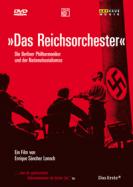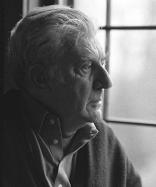(54 results found)
Das Reichsorchester
… orchestra. Because of the orchestra's affiliation with the Nazi party it has long been considered a Nazi orchestra. This film paints a different picture as Hans … … Classical music … Orchestra … Berlin … Holocaust … Nazi Germany … Jewish musicians … Politics … Das Reichsorchester …
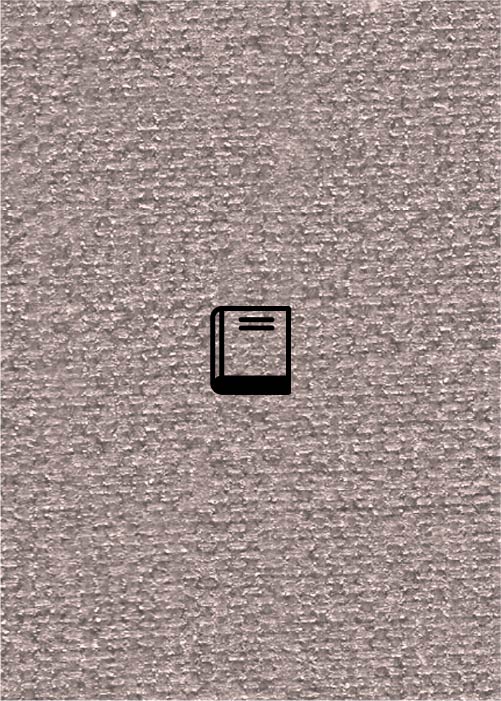
Hosanna or ‘Hilk, O Herr Uns’: National Identity, the German Christian Movement, and the ‘Dejudaization’ of Sacred Music in the Third Reich
… and traditional hymns, by modifying the verses to reflect Nazi ideals. Includes a suggested reading list on the … Holocaust … Choral music … Choral … Sacred … Third Reich … Nazi Nazis … Christmas carols … Germanize … Dejudaize … Celia …

Music and National Socialism: The Politicisation of Criticism, Composition and Performance
… Memorial Museum: Research: Bibliographies Documents the Nazi use of music and musicology for political and … a chronology of German music from 1933 to 1945. … 2 … The Nazification of Art: Art, Design, Music, Architecture, and Film in the Third Reich … The Nazification of Art: Art, Design, Music, Architecture, and …

A Musical Facade for the Third Reich
… Holocaust Memorial Museum: Research: Bibliographies Details Nazi attempts to purge German music of 'degenerate' … … 2 … Degenerate Art: The Fate of the Avant-garde in Nazi Germany … Degenerate Art: The Fate of the Avant-garde …
Robert Starer
… and came to Palestine after the annexation of Austria to Nazi Germany. After serving in the British Air Force, he settled …

Trial of Strength: Wilhelm Furtwangler in the Third Reich
… and composer Wilhelm Furtwangler, who chose to remain in Germany and work with the Nazi Party throughout the war despite his open criticism of … Holocaust … Jewish musicians … Jewish music … Third Reich … Nazi Nazis … Wilhelm Furtwangler … Composer … Conductor … …

Kurt Weill
… works were classified as degenerate. In 1933, Weill left Germany for France, however after a short stay there he … Weizmann to orchestrate 'Hatikva'. … 46 … 46 … 9 … 35795 … Germany … … Hatikvah … 2001 … Israel … Germany … Documentary … … Hatikva (The Hope, Israel's national anthem) … Nazi Germany … Weill, Kurt … Kurt Weill …

The Twisted Muse: Musicians and Their Music in the Third Reich
… Museum: Research: Bibliographies Illustrates the effect of Nazi policies on German musical culture by exploring the … … Composers … 1997 … Music … Musicians … Holocaust … Germany … Composers … Orchestra … Musician … Third Reich … Nazi Nazis … Propoganda … Performers … Musical culture … …

The Politics of Music in the Third Reich
… Museum: Research: Bibliographies Explores the affect of Nazism on German music in the 1930s and 1940s, includnig … relationship between composer Wilhelm Furtwangler and the Nazi Party. Includes illustrations and an index. … 1 … 36017 … 1991 … Opera … Holocaust … Classical music … Third Reich … Nazi Nazis … Propoganda … German music … National Socialist …
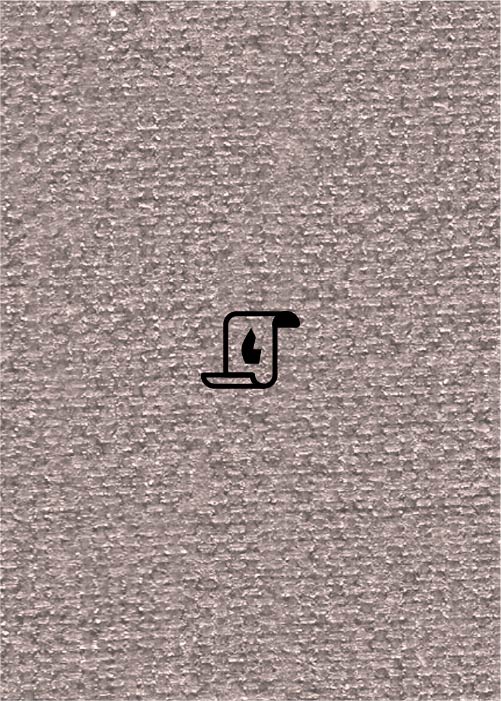
Heinrich Schalit and Paul Ben-Haim in Munich
… The Nazi rise to power in Germany at the beginning of 1933 brought to an abrupt halt … … Paul Ben-Haim … Composers … Jewish composers … Munich … Germany … Nazi Germany … Heinrich Schalit and Paul Ben-Haim in Munich …

